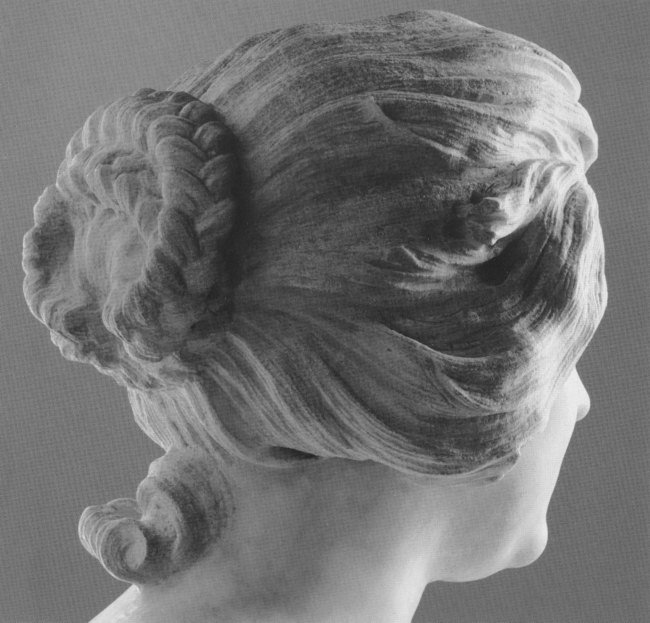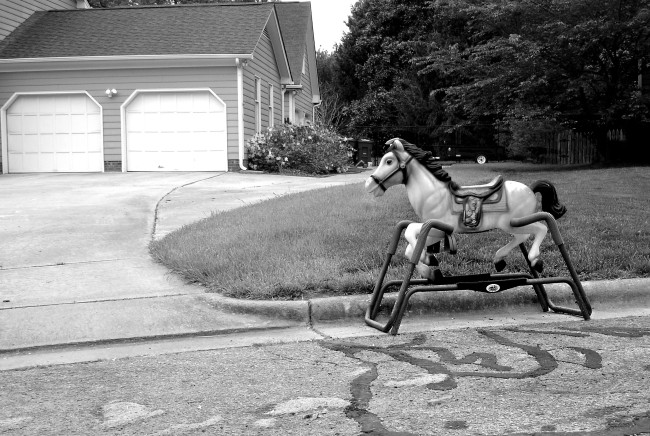
The Robt. F. Kennedy 15 cent
I’m old enough to remember when postage stamps were engraved. The Post Office switched to various litho processes in the 1980s (they’re all printed by commercial companies, the government doesn’t produce any stamps). Today finding something that’s actually engraved is rare. Currency is about the only engraved paper you’re likely to hold in your hand and the sloppy printing job done with the black overlay of today’s paper money makes it no pleasure to spend. No, it was fun to watch the new stamps become available at the post office, the amazing skill engravers employed weaving lines to render a wrinkled face or jacket lapel.
One of the ‘last hurrahs’ of the engraved stamp was the Robert F. Kennedy stamp of 1979. The square format, the extreme close-up–in profile, printed in Royal blue (Duke blue!) made it one of the most dramatic designs ever issued by USPS. I’m not a stamp collector but I went out that month in 1979 and bought a sheet which I carefully kept in the first volume of the Picasso catalogue raisonné I own because it was the safest and flattest place I had.
Part of the slow apocalypse we live in is how you don’t have a choice in quality. You can’t chose to buy the engraved stamps at three cents more; one can only buy offset postal stamps that look like the stick-ums your kids get at the doctor’s office. And if you do bother to go to the PO for an actual stamp, you’re likely to be given a choice of patriotic subjects like “muscle cars” or Elvis. Enter the four horsemen.
I also miss lick stamps. If you owned a business, wet-adhesive stamps were a drag. That was an awful lot of saliva to put on your direct mail. But licking a couple of George Washingtons at home (two for Grandma’s, those letters were always so fat) was enchanting. Something for a kid to do. At a flea market I came across a porcelain office stamp wetter. It looks like some objet d’art now, a harmonic combo of circle and square, like Goethe’s monument to genius.
Perhaps the ‘honey’ in all this. The start of my porcelain collection.









